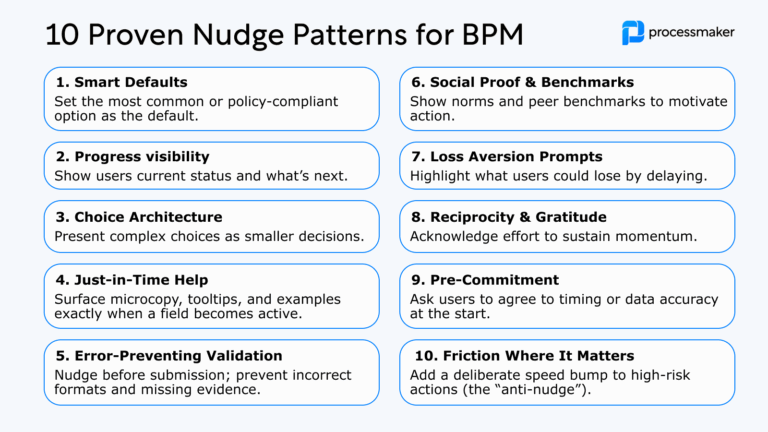What is the difference between case management (CM) and business process management (BPM)? And, why should your organization care? This type of inquiry is frequently made by those who already have a thorough grasp of other business software disciplines, such as customer relationship management (CRM). Why is case management so misunderstood, even though it is integrated into many technologies, including cloud-based CRM systems?
Many people confuse BPM (a management style) with BPM platform (a digital product designed to support the practice). Some BPM applications support other management techniques, such as lean and Agile. As a result, many companies are at a loss regarding which technologies should be employed to simplify and automate specific job processes.
Understanding case management
A case management process includes a visual depiction of a company’s efforts to attain a goal. Processing a vehicle insurance claim or opening a new bank account, for example, is a crucial step in addressing a client request. You can also view the process of developing a new business application as a case study, with the final result being new app creation.
To illustrate, you can employ several planned and unplanned activities and processes to complete an assignment and resolve a case. On the other hand, a task is work that has to be finished. A process is a technique for carrying out a task. The majority of organizational workflows contain many activities and processes that have a significant impact on the outcome.
Hence, while most cases have a predictable path, the trajectory toward your desired outcome may be a little hazier. You’re gathering data from multiple sources to resolve a case.
For instance, consider determining how to get to a company meeting held at a large conference hotel. BPM facilitates trip planning by letting you choose your departure time, destination, including any updates of unforeseen situations, such as bumper-to-bumper traffic. Additionally, BPM will get you there even if your car breaks down or your fellow carpoolers insist on stopping for coffee beforehand. Yet, it can be insufficient when confronted with unforeseen events.
In contrast, the objective of case management is to bring you to a given place in a specific period. While a case management system may incorporate phases, the sequence in which these activities are completed is typically varied. In addition, other variables are at work, such as a lack of process consistency, which business process management would address (BPM). Although, you can utilize case management to re-plan your goal and notify your boss or team of your impending lateness resulting from a car issue, for example.
What is BPM?
Business process management’s primary aim is to increase operational efficiency and productivity. Businesses use BPM platforms to build composite applications that simplify human and system-driven activity by removing inefficient tasks and automating redundant and rules-based activities
The benefits include comprehensive visibility into all elements of work, which allows for continual process improvement and rapid change management, including both actions and data. Clear and straightforward rules also make compliance simpler.
BPM typically focuses on the inner workings and operation of specific processes. Although each process stage is self-contained, and you can use a timeline to link them.
Case management vs. BPM
Knowing the distinctions enables you to identify circumstances in which these models could be beneficial and leverage their versatility to promote relevant results. Thus, you can use case management in circumstances when predicting the result is challenging.
Individuals who solve issues require different sorts of tools relative to those who develop and enhance systems. A case manager must be able to express their intents and goals. Some consider case management to be a process since it consists of a set of activities that must be done in a particular order. However, this type of case process cannot be enhanced using standard BPM approaches.
Still, BPM is necessary for monitoring, developing, and optimizing processes and workflows. You can use BPM to streamline customer tracking, employee onboarding, banking KYC, and more. Further, all organizations require controls and processes.
In conclusion
Fortunately, you can incorporate both CM and BPM. You can use BPM to build and create both BPM and CM systems. However, the BPM must be capable of handling structured data such as names and birth dates, unstructured data such as scanned documents and video files, and user comments and collaboration. In addition, the BPM suite must allow both structured (well-defined) and dynamic work exchanges (non-routine unstructured, situational, and unexpected).





